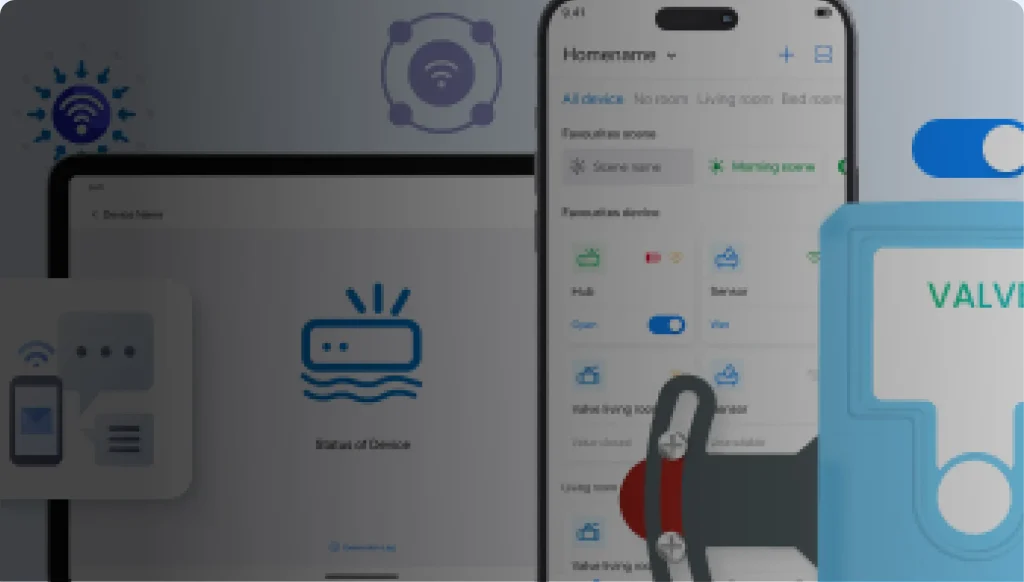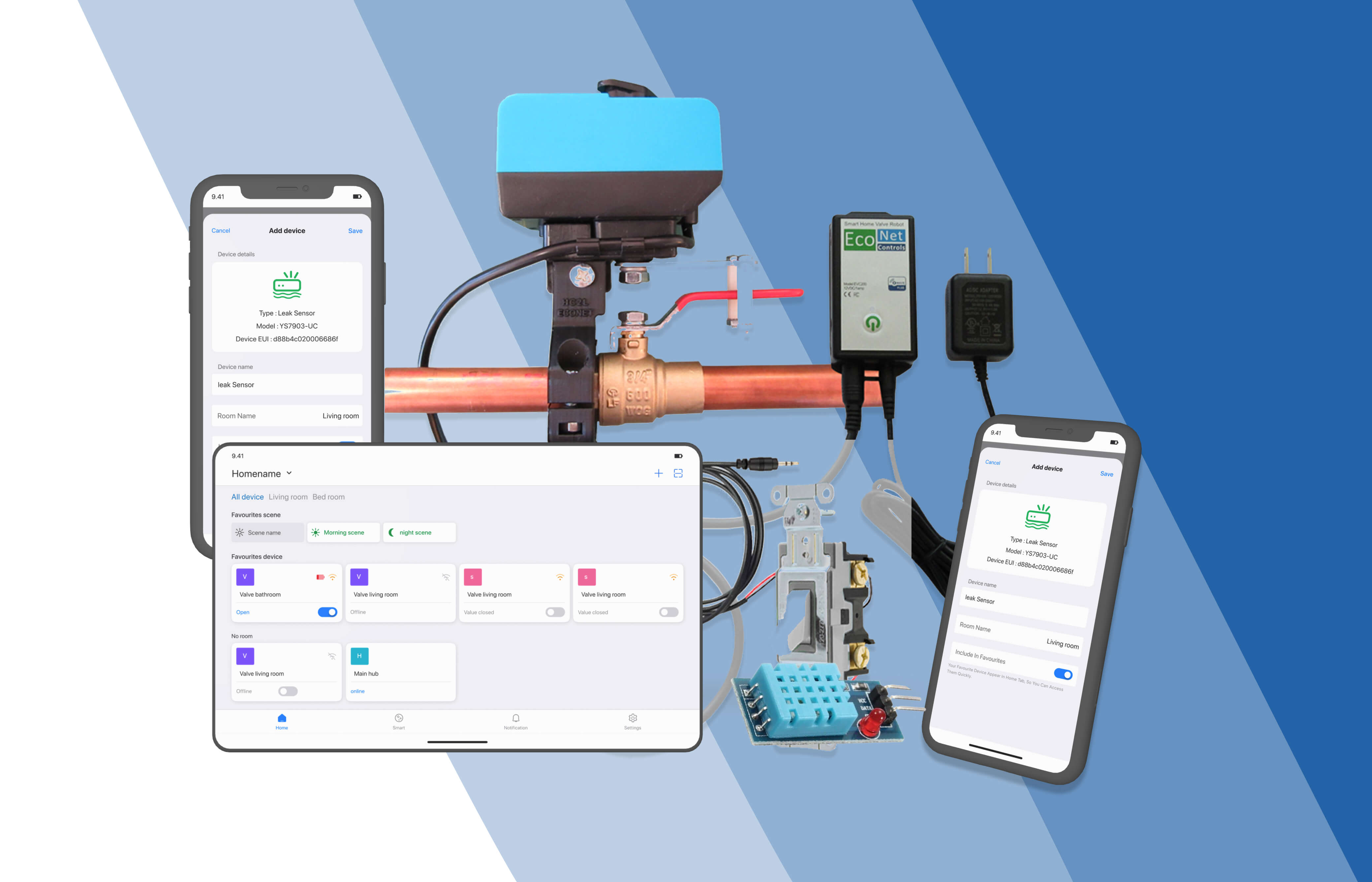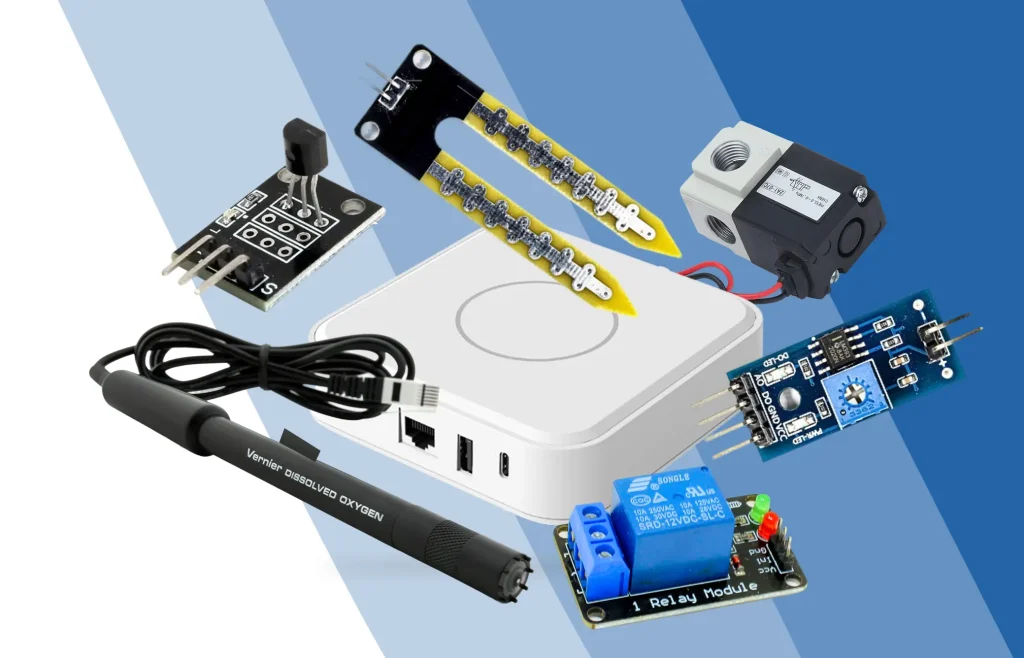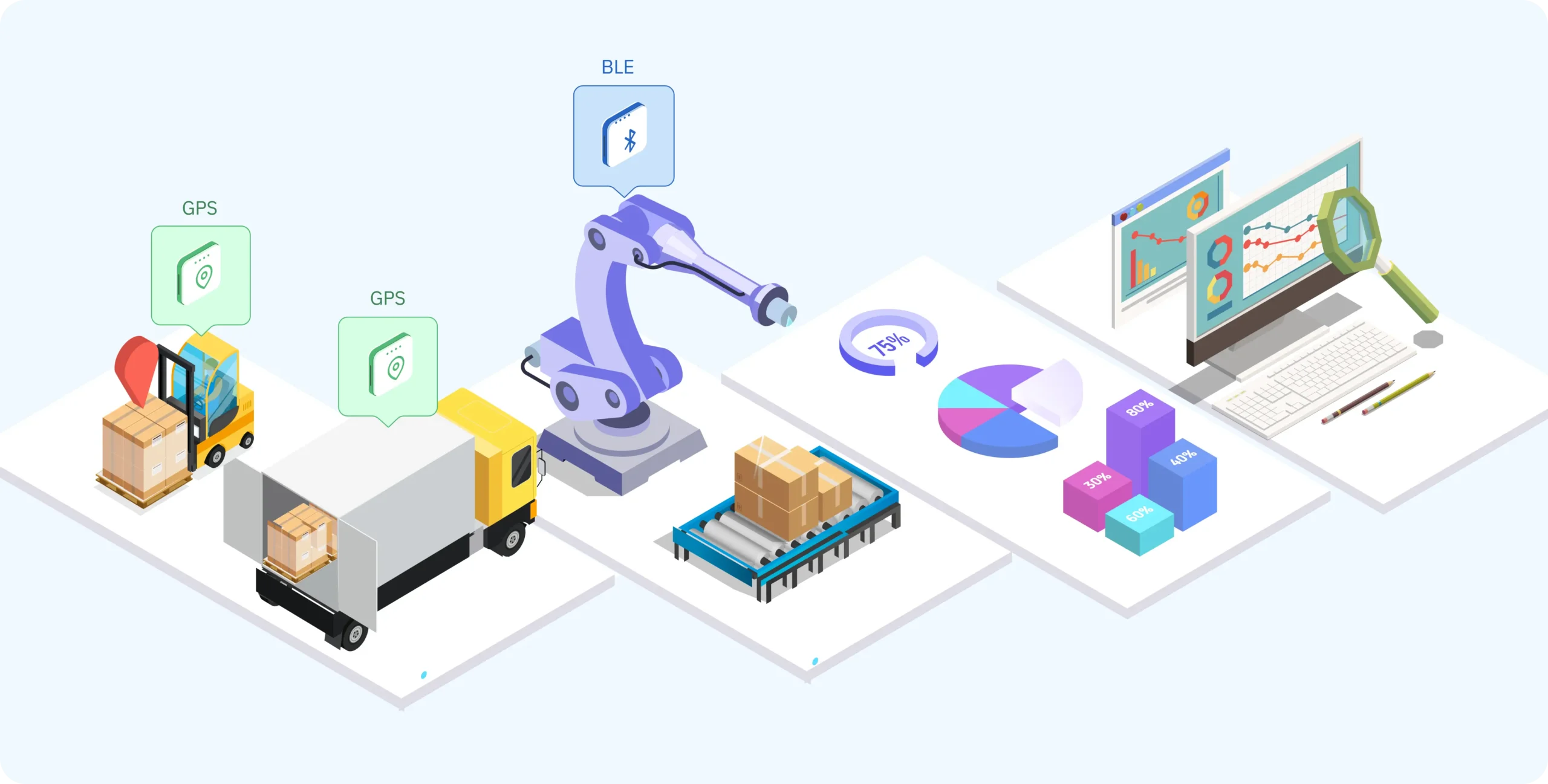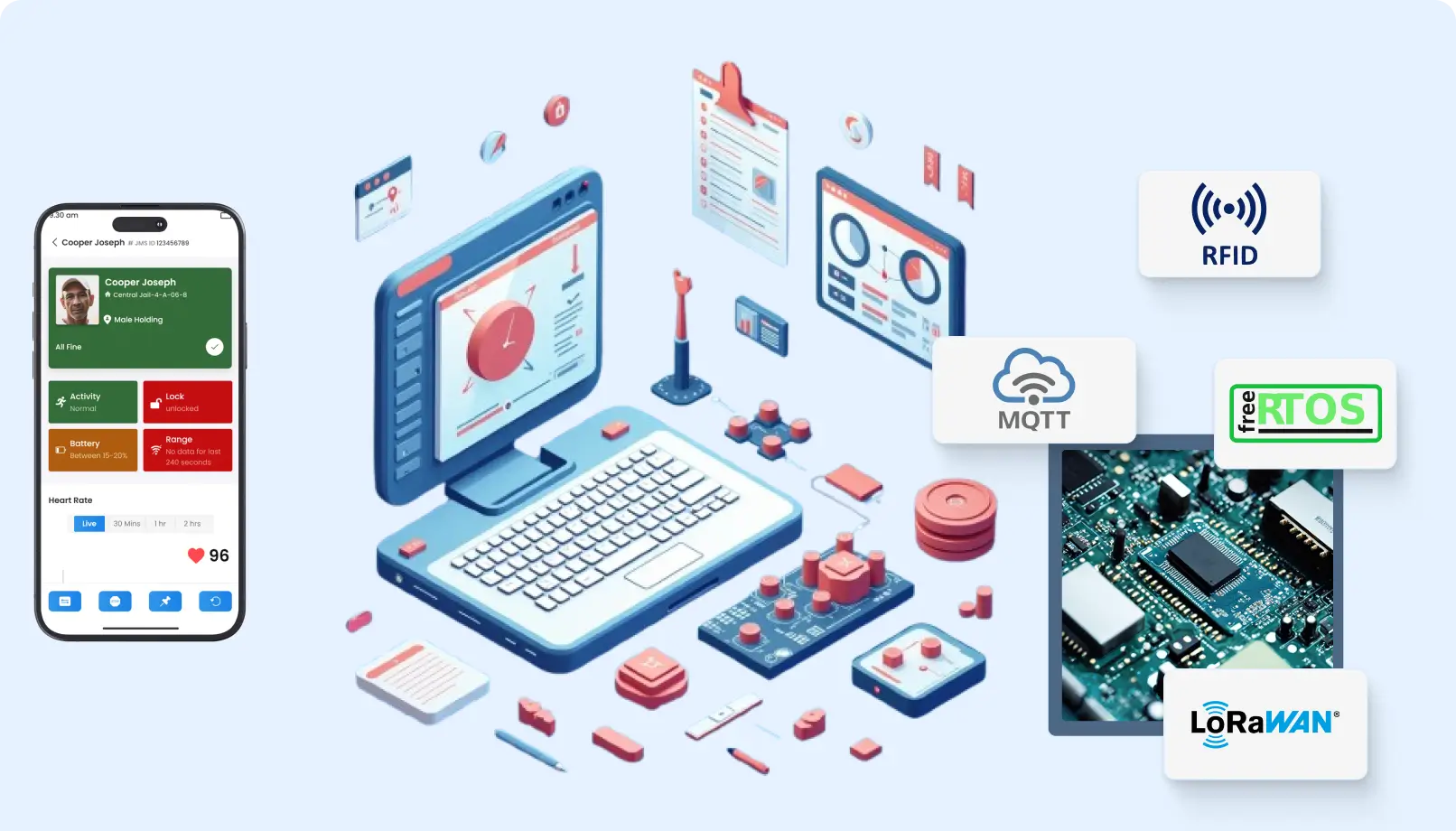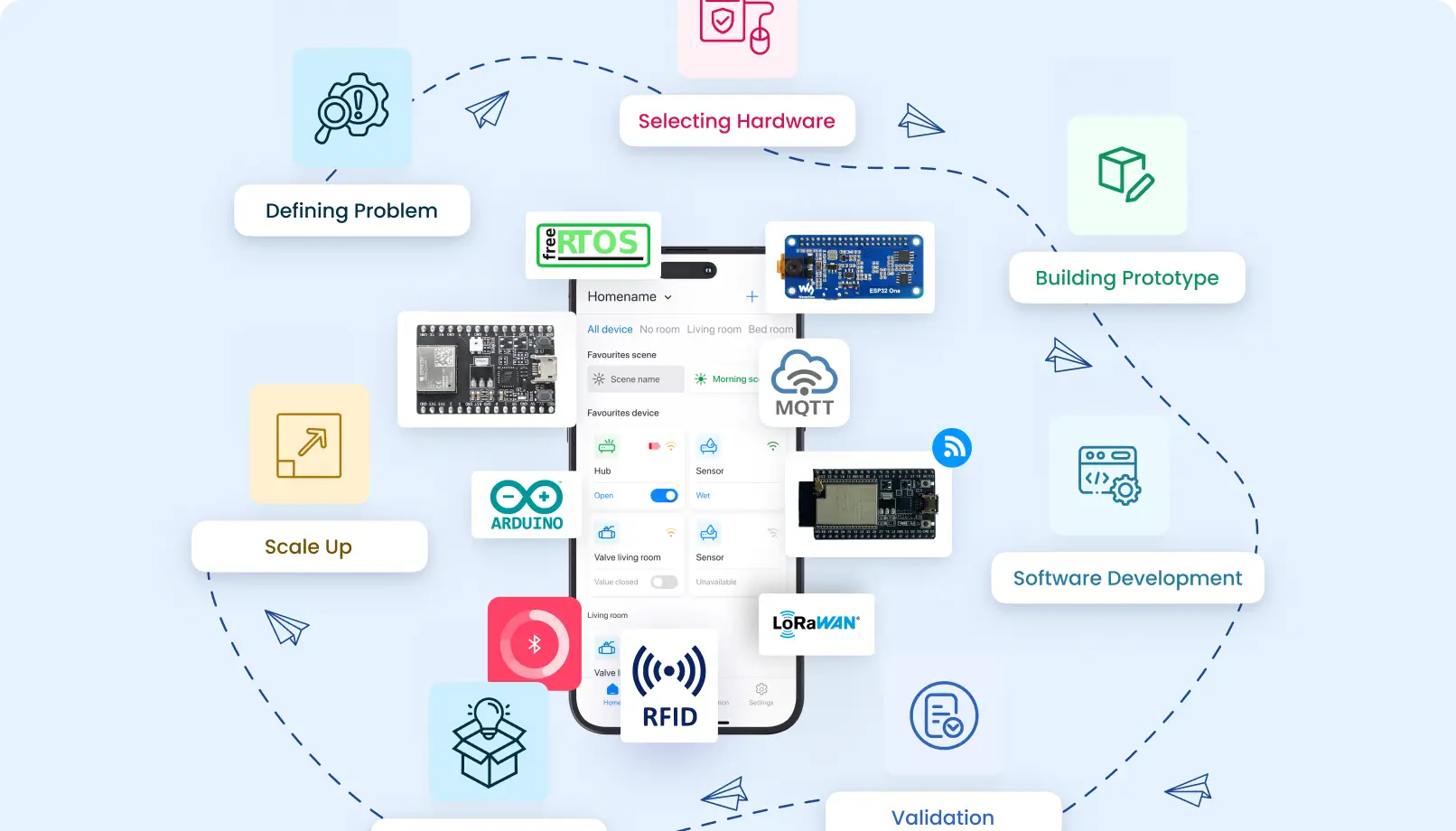Role of IoT App Development
IoT app development is creating the software solution for connecting devices, sensors, and systems. Such applications act as the backbone of an IoT ecosystem, enabling them to exchange information between devices, work together, and ensure that everything functions harmoniously.
How IoT Apps Work
IoT apps collect information from connected devices, process it, and send actionable insights or commands back to the devices. From a home smart management system to an automation in factory operations, IoT applications ensure to exchange information in real-time.
The general process includes:
Data Collection: Sensors and devices collect data from their surroundings.
Cloud Storage: Data is transmitted to the cloud for storage and processing.
Data Analysis: Applications digest this information through algorithms with resulting insights or automated behaviors.
User Interaction: Users interact with the application using dashboards or alerts to control and monitor it.
Key Features of IoT Application Development
IoT application development involves designing resilient applications that can help meet different requirements across sectors. Some of these features include:
1. Device Integration
Seamless integration of multiple devices is the backbone of most IoT applications. For instance, an IoT app used to set up a smart home integrates thermostats, lighting systems, and security cameras into a unified system.
2. Real-Time Data Processing
IoT applications use real-time data for providing immediate results. For instance, the processing of real-time vitals helps a health monitoring application alert an individual to possible abnormalities.
3. Scalability
An IoT app should scale with the growth of connected devices. As IoT adoption increases, it allows scalable solutions so that the functionality works smoothly without performance degradation.
4. Security and Privacy
IoT systems handle sensitive data, making security paramount. Features such as encryption of data, secure authentication, and regular updates safeguard users against any breach.
Technologies Driving IoT App Development
IoT app development uses several technologies for establishing seamless communication and functionality between devices:
Cloud Computing
Cloud platforms are integral to IoT app development, providing the infrastructure for data storage, analysis, and remote access.
Edge Computing
Edge computing minimizes latency by processing data closer to the source, ensuring faster response times and reducing bandwidth usage.
AI and Machine Learning
AI-driven analytics in IoT apps enhance predictive capabilities, automate decision-making, and offer personalized user experiences.
5G Connectivity
With its low latency and high-speed communication, 5G empowers IoT apps to support real-time data exchange, even in large-scale deployments.
Benefits of IoT App Development
1. Increased Efficiency
IoT apps automate processes, reducing manual intervention and boosting efficiency. For instance, in industrial settings, IoT apps monitor equipment performance and predict maintenance needs.
2. Informed Decision-Making
Analyzing data from connected devices, IoT apps can provide actionable insights, leading to informed decision-making across various industries.
3. Cost Savings
Optimized operations, predictive maintenance, and reduced downtime mean great savings in cost for businesses.
4. Better User Experience
Personalized services to convenience, IoT applications bring enhancements in user experience and related living patterns for smart homes, healthcare, and many more.
Applications of IoT App Development
Smart Homes
IoT apps give the power to control lighting, temperature, security, and appliances with a smartphone. Such an application allows automation and remote monitoring, enhancing the convenience and efficiency of energy utilization.
IoT app development has transformed healthcare with wearable devices monitoring the patient’s vitals and tracking fitness to alert care givers in case of a medical emergency.
Industrial Automation
In manufacturing, IoT apps connect machinery and sensors to monitor operations, predict maintenance needs, and ensure safety.
Retail businesses use IoT apps for monitoring inventory levels, personalizing customer experiences, and efficiently managing their supply chains.
Challenges in IoT App Development
Interoperability
Ensuring interoperability among diverse devices and platforms is the biggest challenge of IoT app development.
Security Threats
IoT systems lack security as they are highly vulnerable to cyberattacks, thus a strong security mechanism is very much needed by developers.
Data Processing
Connected devices have increased exponentially, which posed a great challenge in managing and processing large amounts of data.
Scalability
IoT ecosystems must scale without impacting performance, and this needs scalable app development solutions.
Future Trends for IoT App Development
Widespread implementation of AI
With AI integration, IoT apps will be empowered in a way that facilitates smart automation and predictive analytics.
Blockchain for IoT Security
Blockchain technology is seen as one such new solution toward enhancing the security of IoT systems while assuring data integrity.
Voice-Controlled Interfaces
Voice assistants and natural language processing will make IoT applications more intuitive and user-friendly.
Sustainable IoT Solutions
Eco-friendly IoT applications will focus on energy efficiency and the environmental footprint of connected devices.
Conclusion
IoT app development is what makes our life highly interconnected today. It allows devices to converse with one another seamlessly and further empowers industries and individuals with better solutions. Whether it contributes to efficiency, increases security, or provides actionable insights, the IoT application nowadays is paving a modern way of device interaction and how human beings live and work.
As technology evolves, IoT app development will continue to play a crucial role in shaping a more connected and intelligent future.

